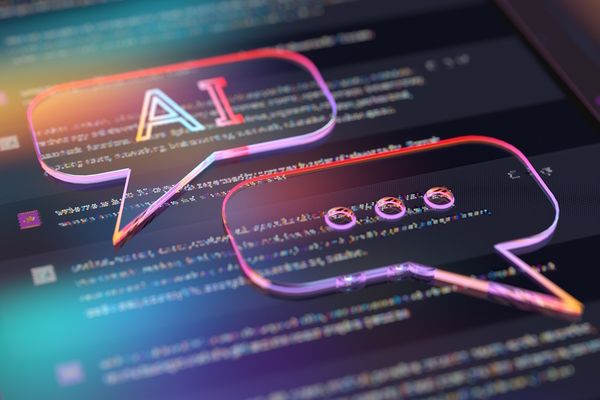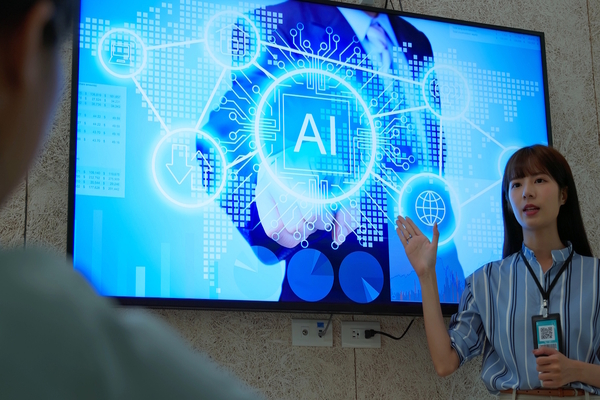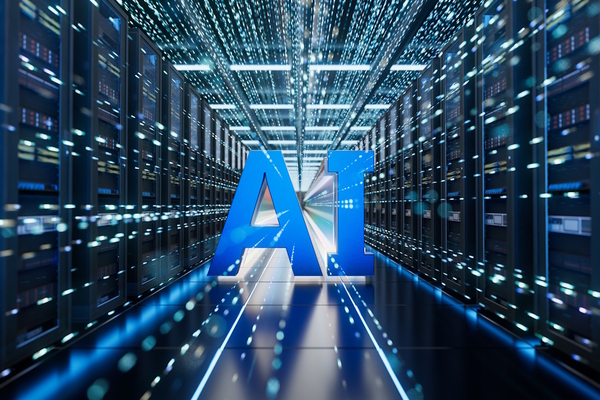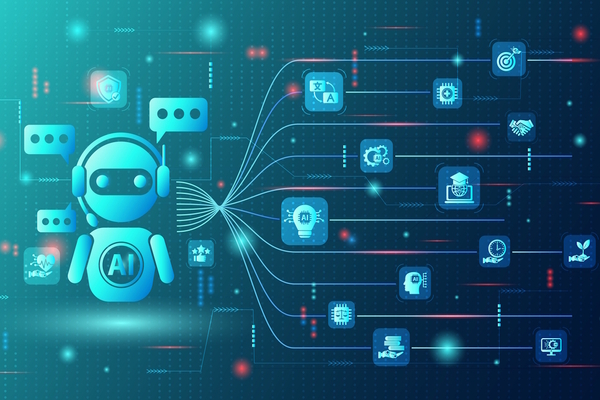AI education is key to employee security

Laura Baldwin at O’Reilly explains why being a responsible employer in 2024 includes AI education for staff
Last month marked the one-year anniversary of OpenAI’s GPT-4, a powerful multimodal model that’s capable of analysing text, images, and voice. Companies in nearly every industry are busy exploring the benefits of this technology, but this interest has also led to no small amount of concern (and fear) about how AI will impact the workforce.
One common reply to all this fear is that AI isn’t going to replace humans, but humans with AI are going to replace humans without AI. While this statement may be true, it reflects an attitude that blames the victims of this technological sea change: if you lose your job, it’s your own fault for not learning how to use AI. And shouldn’t some of that responsibility lie with companies themselves?
In today’s uncertain economic climate, with workers fearing job losses due to AI but also looking forward to tools that can eliminate boring, repetitive tasks, how can employers honour their commitment to employees and support them in updating their skill sets? My view is that education on AI is the key.
AI won’t replace jobs, but it will change them
Since the release of ChatGPT in November 2022, almost everyone involved with technology—from students to C-level execs—has experimented with the tool. Likewise, nearly every company has undertaken AI projects; last August, OpenAI stated that 80% of Fortune 500 companies have ChatGPT accounts. In fact, businesses are rushing to integrate AI into workflows even before they’ve established corporate AI policies on how these tools should be used.
Yet this is just the tip of the iceberg. In the near future, AI will likely be incorporated into every aspect of work—and be part of almost every job. So how can employers educate and empower staff navigating this inevitable transition? By making sure they’re sailing with the tide and not cast away.
We believe that AI will create more jobs than it destroys, but things may be bleak for some during the initial stages of this technological shift. According to a recent World Economic Forum report, clerk and secretary jobs are the most likely to see a decline as AI reshapes the workforce.
On the other hand, your prospects are looking up if your job title includes the word “engineer” or “analyst.” But no matter your current role, education is undoubtedly critical at this time of dislocation, when old professions are dying out but new ones haven’t yet come into being.
Education is the key to job security
Most jobs won’t disappear, but all jobs will change. Providing appropriate training to get employees through that change will be a company’s biggest responsibility. Learning how to use AI effectively isn’t as trivial as a few minutes of playing with ChatGPT makes it appear.
Developing good prompts is serious work, and it requires training. That’s certainly true for technical employees, who will be developing applications that use AI systems through an API. It’s also true for nontechnical employees, who may be trying to find insights from data in a spreadsheet, summarise a group of documents, or write text for a company report. AI needs to be told exactly what to do, and often how to do it.
Another aspect of training will be verifying that the output of an AI system is correct. Everyone knows that language models make mistakes, often called “hallucinations.” AI will make mistakes, and users will need to know how to check its output without being deceived by its overconfident voice.
The frequency of errors may go down as AI technology improves, but errors won’t disappear in the foreseeable future. And even with error rates as low as 1%, we’re easily talking about thousands of errors sprinkled randomly through software, press releases, hiring decisions—everything AI touches.
In many cases, verifying that an AI has done its work correctly may be as difficult as it would be for a human to do the work in the first place. This process is often called “critical thinking,” but it goes a lot deeper: it requires scrutinising every fact and every logical inference, even the most self-evident and obvious. There is a methodology that needs to be taught, and it is the employers’ responsibility to ensure that their employees have appropriate training to detect and correct errors.
Preparing employees for an AI future
The responsibility for education isn’t limited to training employees to use AI within their current positions. Companies need to provide education for transitions from jobs that are disappearing to jobs that are growing.
Responsible use of AI includes auditing to ensure that its outputs aren’t biased and that they are appropriate. Customer service personnel can be retrained to test and verify that AI systems are working correctly. Accountants can become auditors responsible for overseeing IT security. That transition is already happening; auditing for the SOC 2 corporate security certification is handled by accountants. Businesses need to invest in training to support transitions like these.
As the workforce shifts, it’s also important that learning or upskilling in AI is available to all. Companies need to democratise learning by enabling access from any location, available at any time. A mix of formats, from books to courses to videos, provides a learning experience that will ultimately help companies reap the rewards of true innovation.
Despite the changes AI is set to bring to the modern workforce, at the heart of it all is still a happy union of AI and the people putting it to work. But getting there will mean going beyond simply investing in and deploying cutting-edge tools. Companies must provide a continuous learning approach that equips their employees with the skills and mindset needed to leverage these technologies effectively.
Ensuring all staff receive comprehensive and quality training is a crucial strategy for developing a highly skilled workforce that is prepared for the era of AI. A company’s biggest responsibility this year should be providing appropriate training to get their people to work with AI.
Laura Baldwin is President at O’Reilly
Main image courtesy of iStockPhoto.com and alvarez

Business Reporter Team
Most Viewed
Winston House, 3rd Floor, Units 306-309, 2-4 Dollis Park, London, N3 1HF
23-29 Hendon Lane, London, N3 1RT
020 8349 4363
© 2025, Lyonsdown Limited. Business Reporter® is a registered trademark of Lyonsdown Ltd. VAT registration number: 830519543





